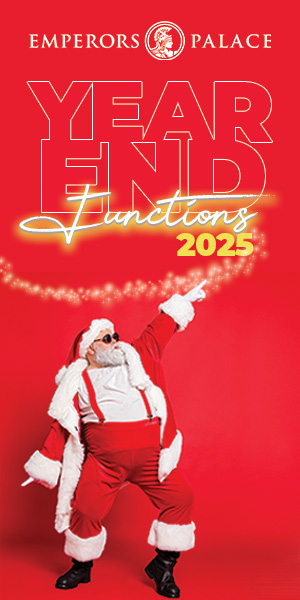
Robert Dunsmore is a freelance creative events professional. He gave a presentation titled ‘Extreme event design: What is the new normal in extreme times’ during PlanetIMEX’s EduMonday Live event, powered by Cvent, where he unpacked the rules or guidelines that you should use when designing events in a post-COVID world.
All three rules are based on extremism. Ignoring the negative connotations of the word, he means “taking things as far as they can possibly go this time. Then in the future you get to do it again. In this way you are always reinventing your events, and you are always reinventing your experiences.”
His three event design ‘rules’ are:
Extreme accessibility
If you can make attending your event as easy and as burdenless as possible, you will be able to gain a bigger audience. This is partly an argument for hosting a live event and a live online event (i.e. a hybrid event). This approach gives people more options on how to attend your event, which makes the uptake greater.
As many as 15% of the population in Europe and 20% in the UK have some form of a disability, says Dunsmore. In South Africa this figure is estimated to be 7.5%.
For those people who have disabilities, having an online option is more inclusive as it makes it easier for them to attend. As many as 15% of the population in Europe and 20% in the UK have some form of a disability, says Dunsmore. In South Africa this figure is estimated to be 7.5%.
Dunsmore admits that running hybrid events is more work, as even though the content is shared, the formats will (or should) be very different. But the reward is a bigger, and probably happier, audience, which are both key measures of an event’s success.
Extreme sustainability
Dunsmore argues you will have a sustainable business if you do things better and consume less (“genuinely x4 less”). This means giving your audience more content which involves less production. Look at every touch point, he says – every gift, every delegate bag, and ask; “What are they made of? How did they get here? What’s its value? What’s the commercial cost? What’s the carbon cost?”
This means giving your audience more content but which involves less production.
You then need to be transparent with your attendees about what you are doing to be more sustainable, and how. You can share data on how much energy the event is using, where the food and drinks came from, and so on. He believes your audience will respect you for this, and you will gain their support and buy-in which you will need to achieve your sustainability goals.
Extreme likeabilty
The third rule is to strive for extreme likeability, as this will give your event longevity. Ultimately your events are powered by your audience. If they trust you, they will keep coming back.
“You’re event professionals. You have an amazing amount of knowledge of your individual audiences, and there is no reason why you can’t make things better for them than they were before. Unleash your talent and use everything that you need to do to make it better for them. Extreme likeability is the new value metric that you need.”
“feelings are facts”
He adds that “feelings are facts”, and what your audience feels about your event is a fact to them. Being likeable is a feeling, which translates into the ‘fact’ that your event is a great one.
You can watch Dusnmore’s full presentation here:




